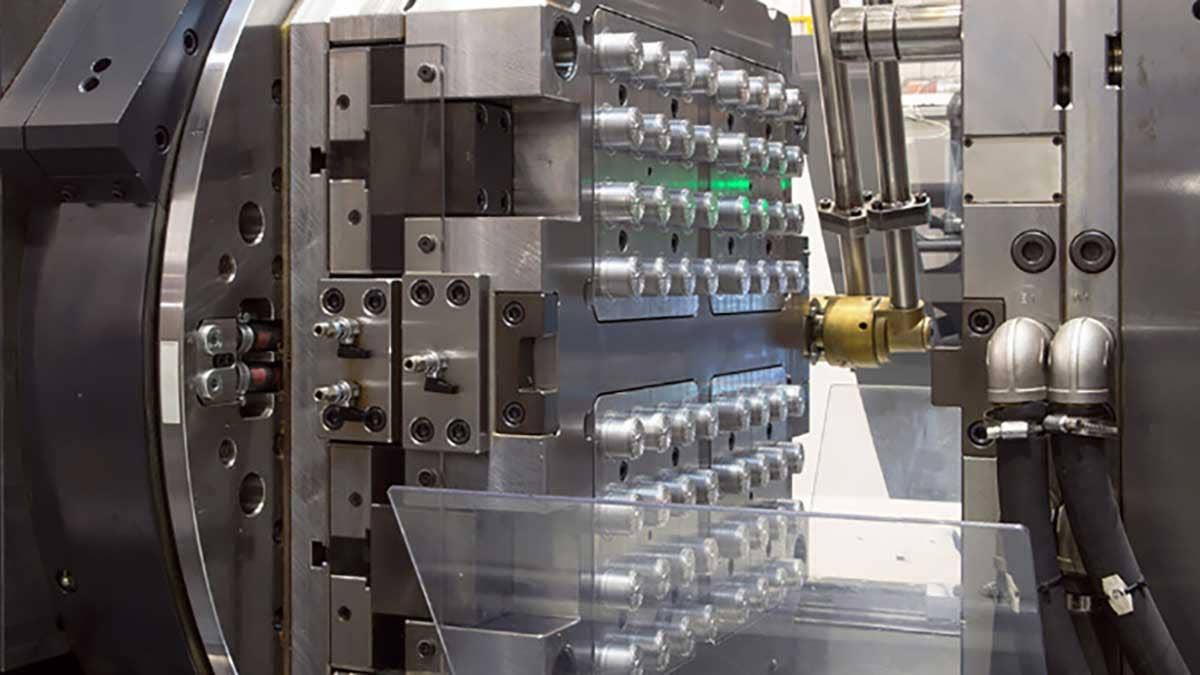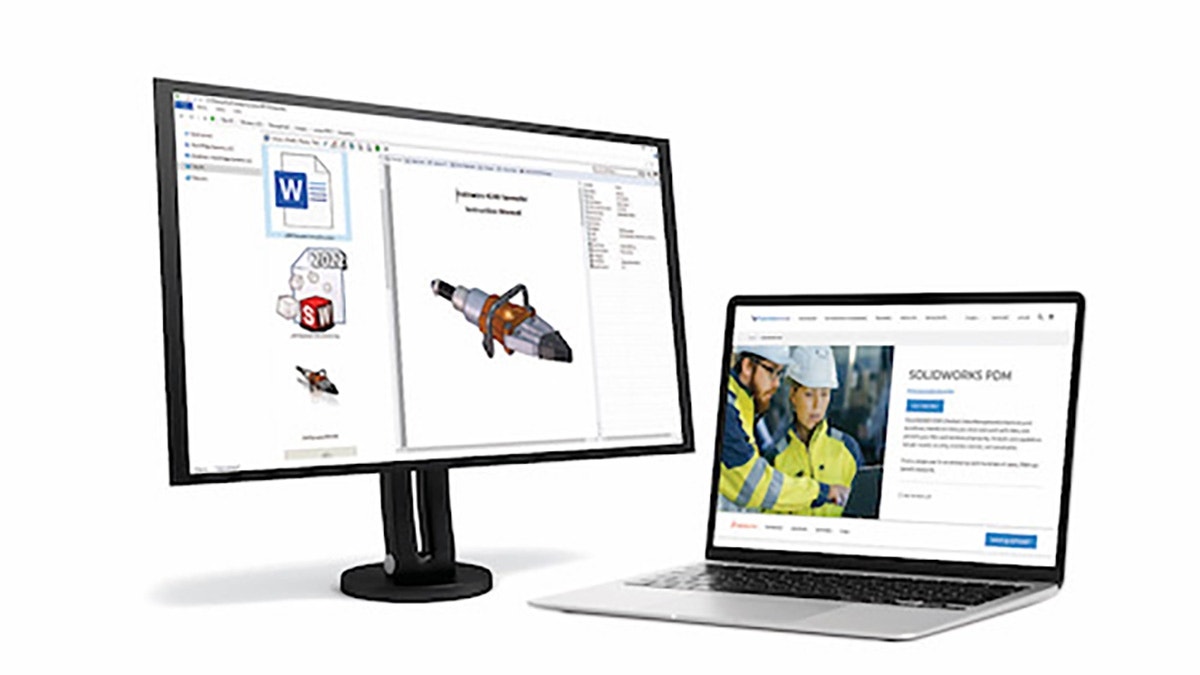When it comes to the world of consumable products, most experts know that economies of scale are everything.
Whether they be food containers or medical supplies, producing these items quickly and cheaply enough in order to be enjoyed by the world’s population is only possible with mass production and the technologies that make it possible, such as plastic injection molding.
As if producing vast quantities of products wasn’t already challenging enough, the world’s supply chains faced an unprecedented challenge in the face of the 2020 novel coronavirus pandemic.
Shortages cropped up in everything from bottled water to toiletries, and of course, medical equipment.
Most companies manufacturing plastic products probably don’t plan on making changes to their process during times of high demand, but unfortunately, current crises often mandate just that. For example, supplies of many common plastics, such as the PET used in viral testing kits, had occasionally run low.
In that type of environment, coming up with a new solution quickly is critical for maintaining a steady supply of products, and searching for alternative materials is one area where injection molding simulation software like SOLIDWORKS Plastics can help.
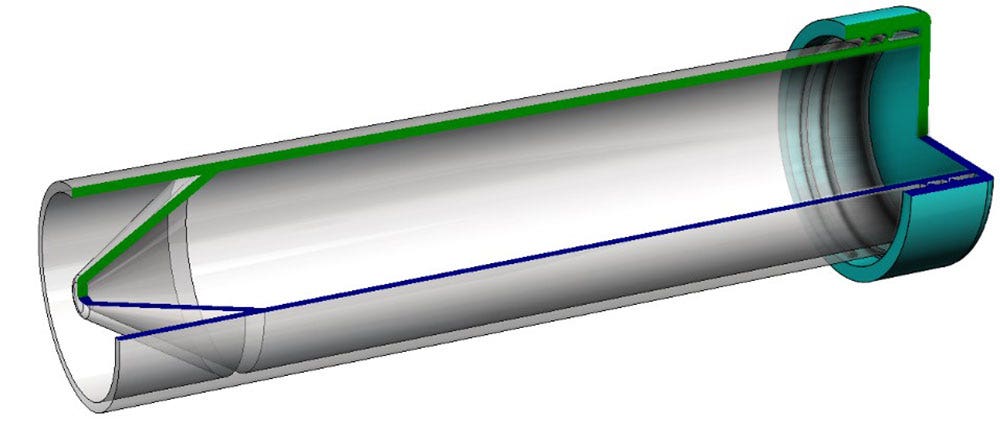
How to Plan for High-Demand Production with SOLIDWORKS Plastics
Running directly from within the SOLIDWORKS environment, the SOLIDWORKS Plastics add-in can simulate the mold filling process on any solid-body part file, either native or imported. The only necessary inputs are the material and gate location on the part.
Let’s run a fill analysis on a blood vial.

The fill analysis run on this blood vial shows that the existing design works fine. In the result plot from SOLIDWORKS Plastics, it shows you how long it took for molten plastic to flow into the injection mold. If the process took too long, or it didn’t finish successfully (also known as a “short shot”), we will see that here.
The Results Advisor states it will fill in the desired time of 0.5 seconds, with a low injection molding pressure. It also shows it will successfully fill with an injection pressure of 40.3 MPa (5845.66 psi).
This is a good analysis to understand how well the vial will behave in a real-world environment.

Finding Alternative Plastic Materials
Thinking about how the COVID-19 pandemic affected supply chains, let’s explore deeper about what you can do with SOLIDWORKS Plastics during times where you are faced with high-demand.
So, what would happen to production if the blood vial’s grade of Ultrablend PET were to run out, and the molder was forced to find to an alternative?
Here’s what we can do.
The polymer library in SOLIDWORKS Plastics has roughly 4,700 thermoplastic materials (and counting). Finding another option isn’t too hard, especially taking advantage of the material search tool for “ultrablend.” In this case, it appears BASF also has a similar plastic available — Ultrablend KR 4084, listed at the top of the search options.
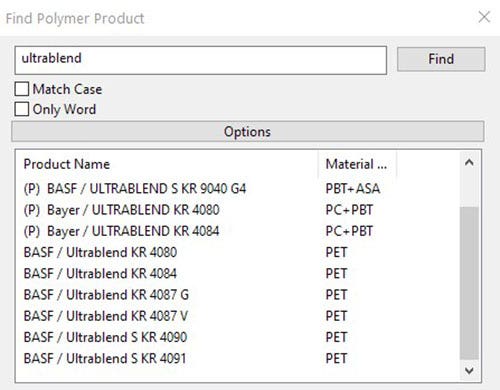
By duplicating the study and re-running the analysis with the Ultrablend KR 4084, we can see what will happen. A few moments later, the study completes, and the Results Advisor gives us a summary that this new plastic material can be successfully filled with an injection pressure of 56.3 MPa (8169.95 psi).

Unfortunately, this grade of PET has slightly lower viscosity, just enough to raise the required molding pressure, triggering a warning.
Even though we haven’t exceeded the specified limit of the machine, this amount of pressure could become an issue once we design a large multi-cavity mold with the required runner system, or if the mold starts to wear out after long hours of constant production.
Updating the Design for Long, Constant Production
Since we’re getting a warning about the molding pressure, we need to consider additional options. We can try a design change such as modifying the wall thickness or other features to the blood vial, again taking advantage of the Duplicate function.
We can also change the gate design. The Results Advisor points out a part of the vial that can be filled with an injection pressure of 40.7 MPa (5911.56 psi). This pressure is closer to the original plastic material we wanted.
By adding a split line feature to the top of the vial as advised by the Results Advisor, we can select that area to be the new injection location and see if it brings the pressure back down.

And… Success! We now have a setup that will work with the new material.
We can also decide if this change has introduced other negative qualities to the product, such as weld lines, and try out other ideas before we take a risk on reworking the mold.
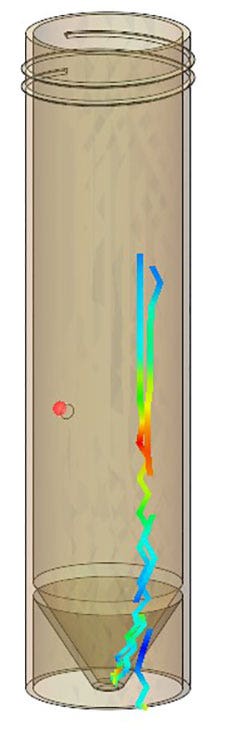
The Final Note
The best part of SOLIDWORKS Plastics is that this kind of fill analysis can be done with any license of the program, with minimal setup, so that you can run these simulations every time you make a change to a part.
When you’re ready to go deeper, such as optimizing the runner or cooling system in the mold, an upgrade beyond SOLIDWORKS Plastics Standard is always available.
In fact, it’s even possible to tie injection molding simulation into a larger analysis workflow with the SIMULIA tools available on the 3DEXPERIENCE platform. These tools can predict warpage in complex overmolded parts and can even transfer information from the molding process (such as fiber orientation or the location of weld lines) to finite element analysis (FEA) to help predict failures in the field with maximum realism.

Visit our website to learn more about our SOLIDWORKS analysis tools, and if you have any questions, contact us at Hawk Ridge Systems today.
